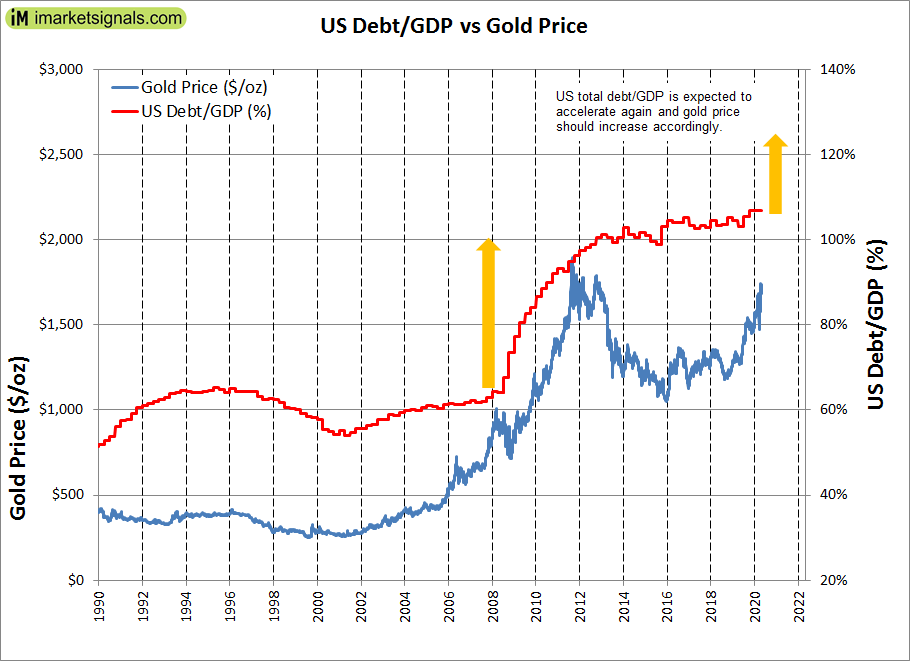- This is a copycat trading strategy based on the quarterly 13F filings of five hedge funds.
- The model holds the top 20 consensus picks from a group of five hedge funds.
- Changes in the holdings occur only every three months when the end-of-the-month 13F filings becomes public information.
- From Jan-2007 to May-2020 this strategy would have produced an annualized return (CAGR) of 27.1%, much more than the 7.8% CAGR of the S&P 500 ETF (SPY).
Rational for a Copycat Strategy
Research from Barclay and Novus published in October 2019 found that a stock selection copycat strategy that combines conviction and consensus of fund managers that have longer-term views outperformed the S&P 500 by 3.80% on average annually from Q1 2004 to Q2 2019.

